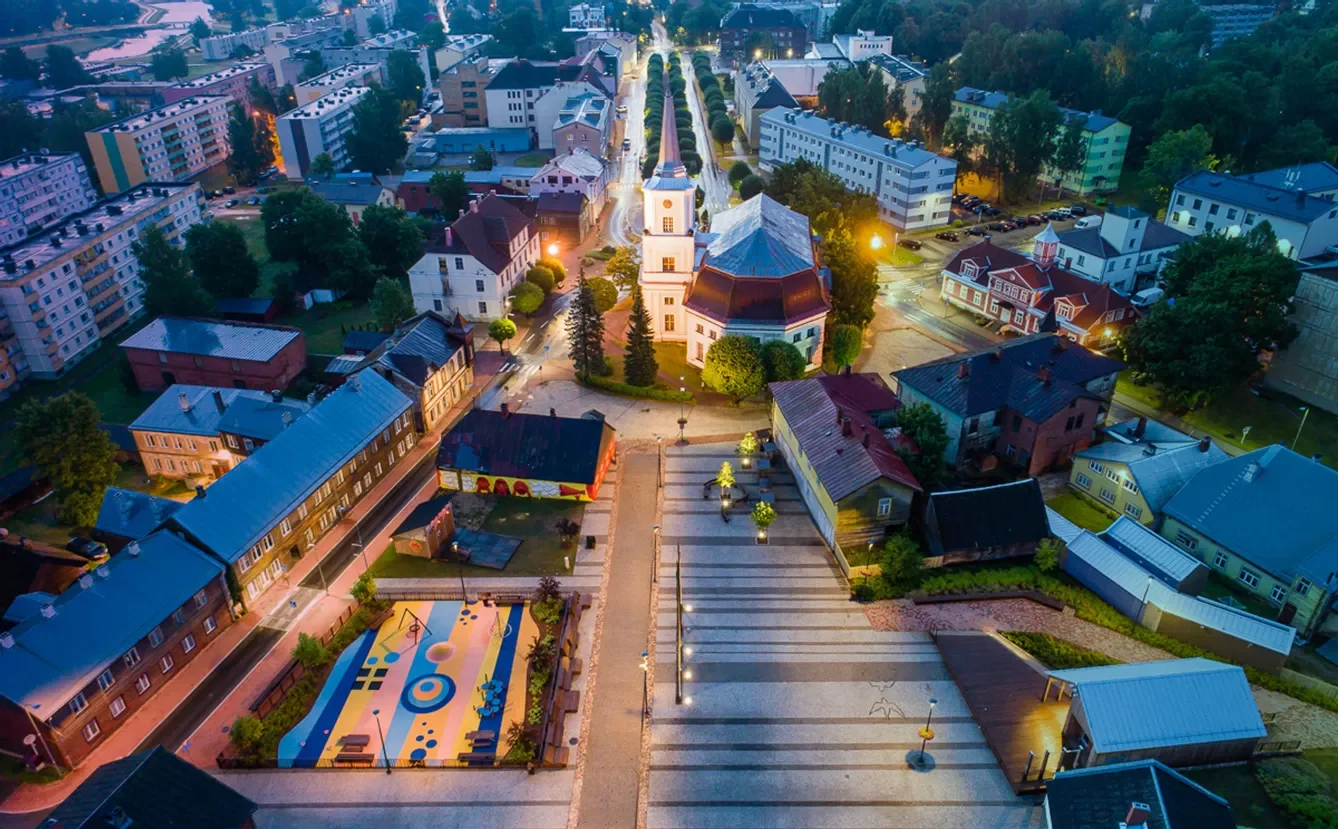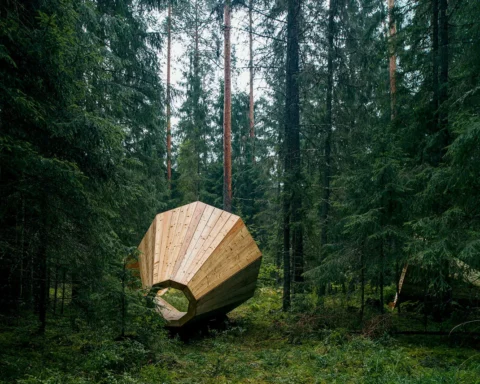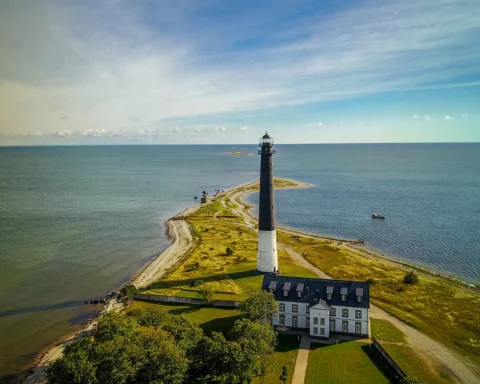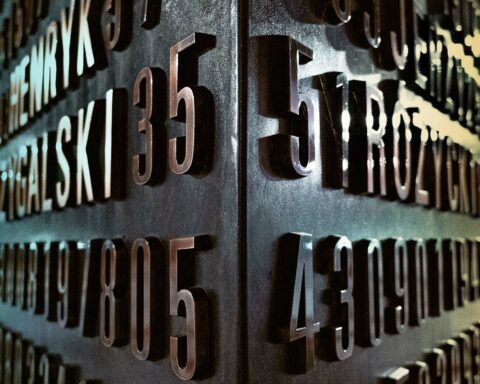How many people can say they live on one side of a national border, but work, shop, or even see doctors on the other? For residents of the twin cities of Valka, Latvia, and Valga, Estonia, this is routine. Once the single city of Walk, it was divided when the two countries declared independence. Nowadays, residents and visitors can once again travel freely between the two as the countries are Schengen zone members. For travelers, this means you can stay in one country, have breakfast in the other, and cross over again for lunch, immersing yourself in two cultures, all without waving your passport.
An immersive and interactive lesson in Valka/Valga history
You won’t find Valka and Valga on typical Top 10 lists, but that doesn’t mean they don’t have lots to offer. The cities reveal significant snippets of local history and a bright future through museums and monuments. Sites to visit include:
- The Valka Local History Museum and Valga Museum for an introduction to the region’s history on both sides of the border.
- The shared central square opened in 2020 to strengthen the towns’ unity. Connecting both sides, the new bridge across the Varžupīte/Konnaoja river has a swing in the middle, so you can literally sway between the two countries.
- The Dedication to the Latvian Provisional National Council – a monument to commemorate a key meeting held in Valka in 1917 and the people who risked their lives taking part. Here, the council officially declared its intention to found an independent country: Latvia. At the time, the town was a center of Latvian social, political, and cultural life.
- The old Valka railway station, which has borne witness to world wars and Soviet deportations. In the warmer months of the year, visitors can travel to the dilapidated but beautiful red brick station by rail bike.
- Valga Military Theme Park to learn about the past and present of Estonia’s national defense systems. It features the country’s most extensive collection of weapons.
- Valga Central Square – an inspiring example of urban regeneration for the public good and the winner of the Estonian Landscape Architects Union award in 2019. It was developed on the occasion of Estonia’s 100th anniversary.
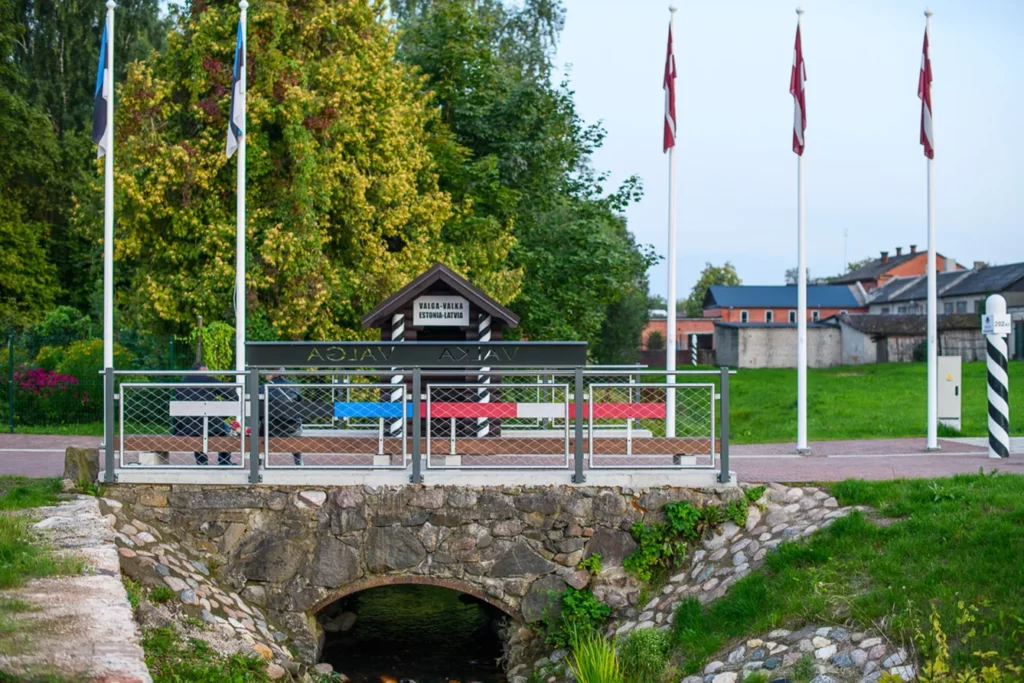
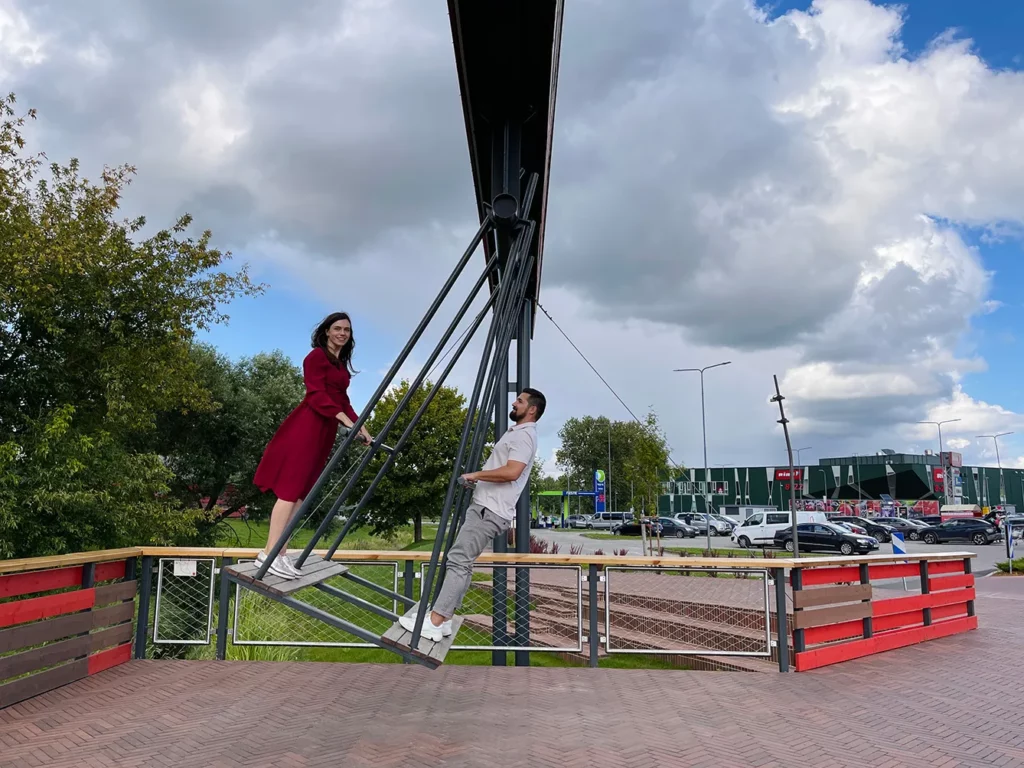
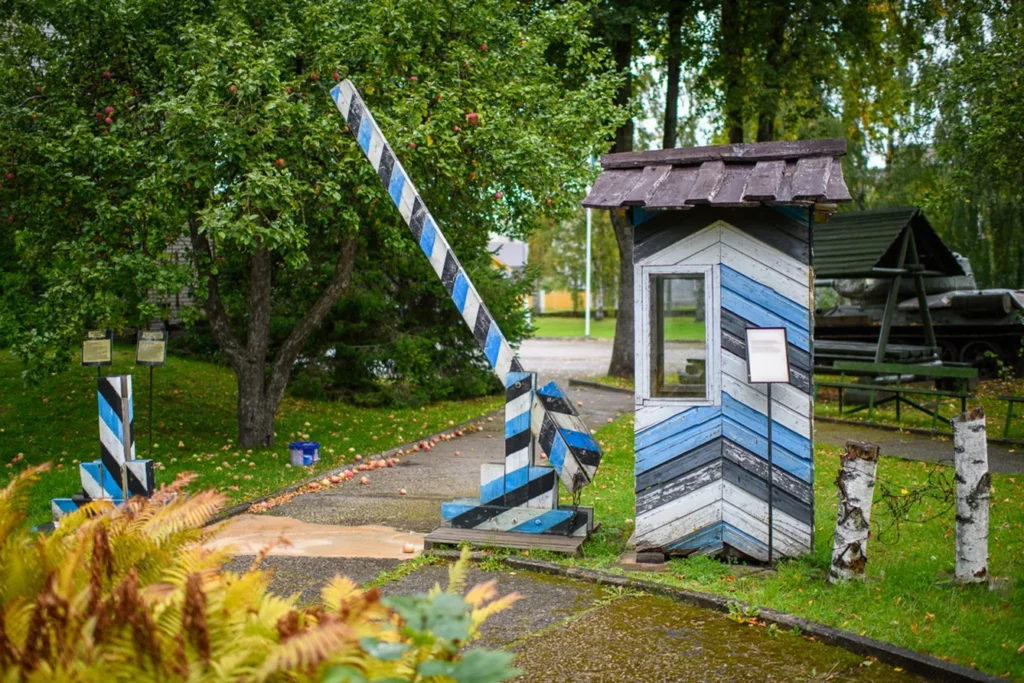
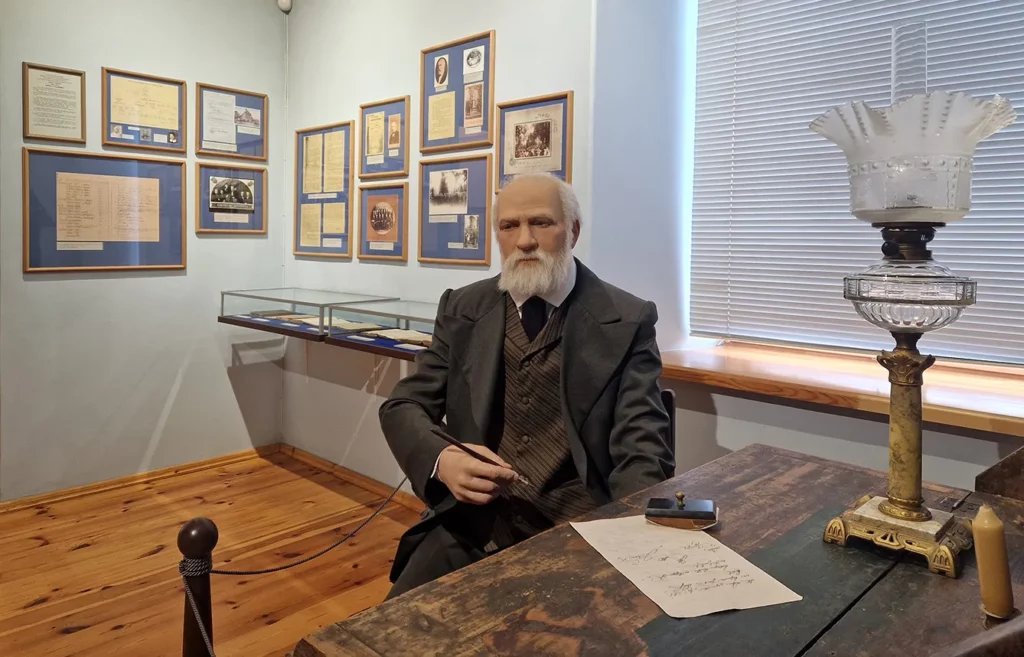
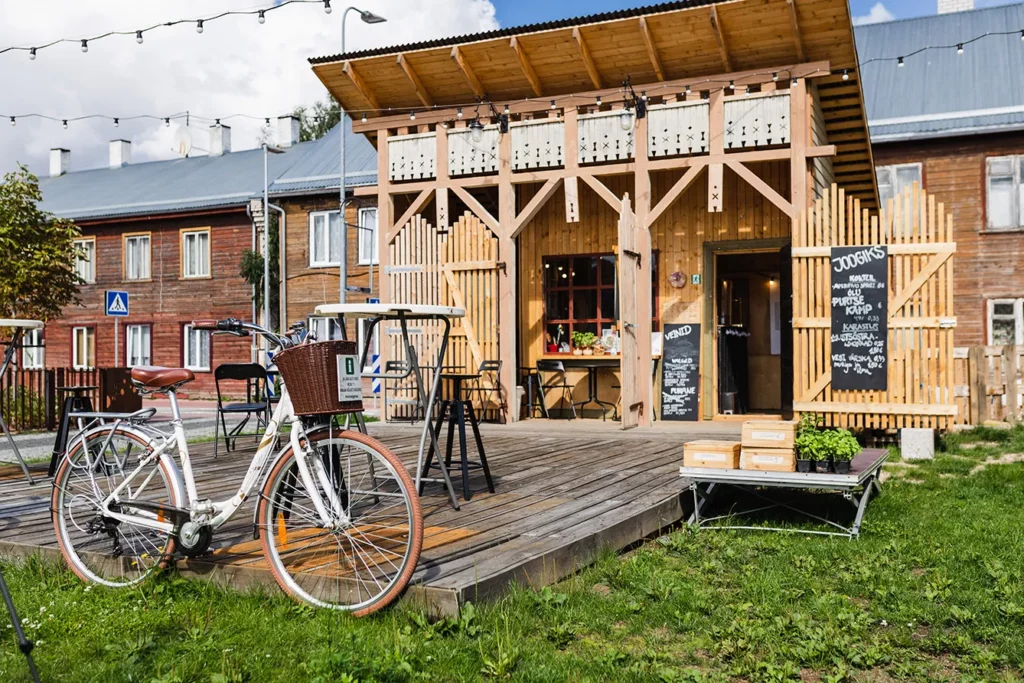
The town surroundings, too, offer opportunities for learning more history or immersing yourself in nature. Several farms open their doors to visitors for a glimpse into past lifestyles. In Latvia, the nearby Vijciems Cone Drying Facility is a unique industrial heritage site showing visitors how pine cones are processed to contribute to future forests. In Estonia, the town of Otepää is the “winter capital,” a sports and active recreation center.
Accommodation with historical flair
The region also offers memorable places to stay. On the Latvian side, Bergervilla is a boutique guest house on the premises of a former hunting estate dating back to 1907. In Estonia, the 19th-century Sangaste Castle is inspired by the British castles of its time and has a garden to match. It is also known for serving food and vodka made with the regional rye variety. In the true spirit of our time, Valka and Valga are easy to get to by train, with departures from Riga and Tallinn to the border cities. Once there, visitors can hire a bike. Laimīgu ceļu! Head reisi! That’s “bon voyage” in Latvian and Estonian.


